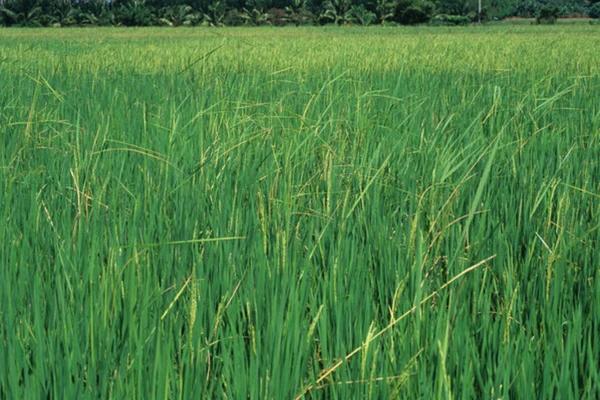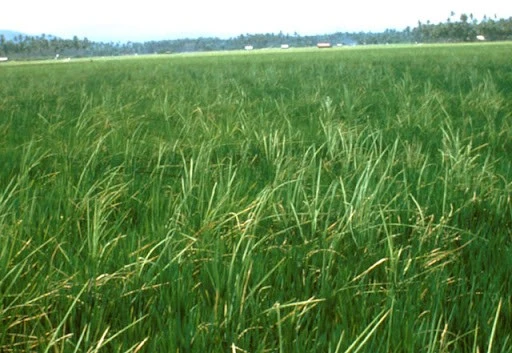The Punjab Agricultural University (PAU) has developed the biocontrol agent Trichoderma asperellum to manage the foot rot or Bakanae Disease.
About Bakanae Disease (foot rot):
- It is a seed-borne disease that infects rice plants.
- Infects roots and crown of the plant.
- Caused by the fungus Gibberella fujikuroi.
- Affects both mature and young plants.
- Symptoms: Abnormal plant height, thin yellow-green leaves, drying seedlings, reduced tillering, sterile grains, root lesions causing seedling death.
Management of Bakanae Disease:
- Use disease-free seed: Seed producers can treat seeds with fungicides to kill the fungus.
- Crop rotation: Planting rice in a field that has not been planted with rice for several years can help to reduce the amount of inoculum in the soil.
- Field sanitation: Removing infected plant debris from the field after harvest can help to reduce the spread of the disease.
- Fungicides: Fungicides can be applied to seeds or seedlings to protect them from infection.
Ref: Source
| UPSC IAS Preparation Resources | |
| Current Affairs Analysis | Topperspedia |
| GS Shots | Simply Explained |
| Daily Flash Cards | Daily Quiz |



